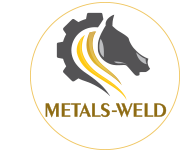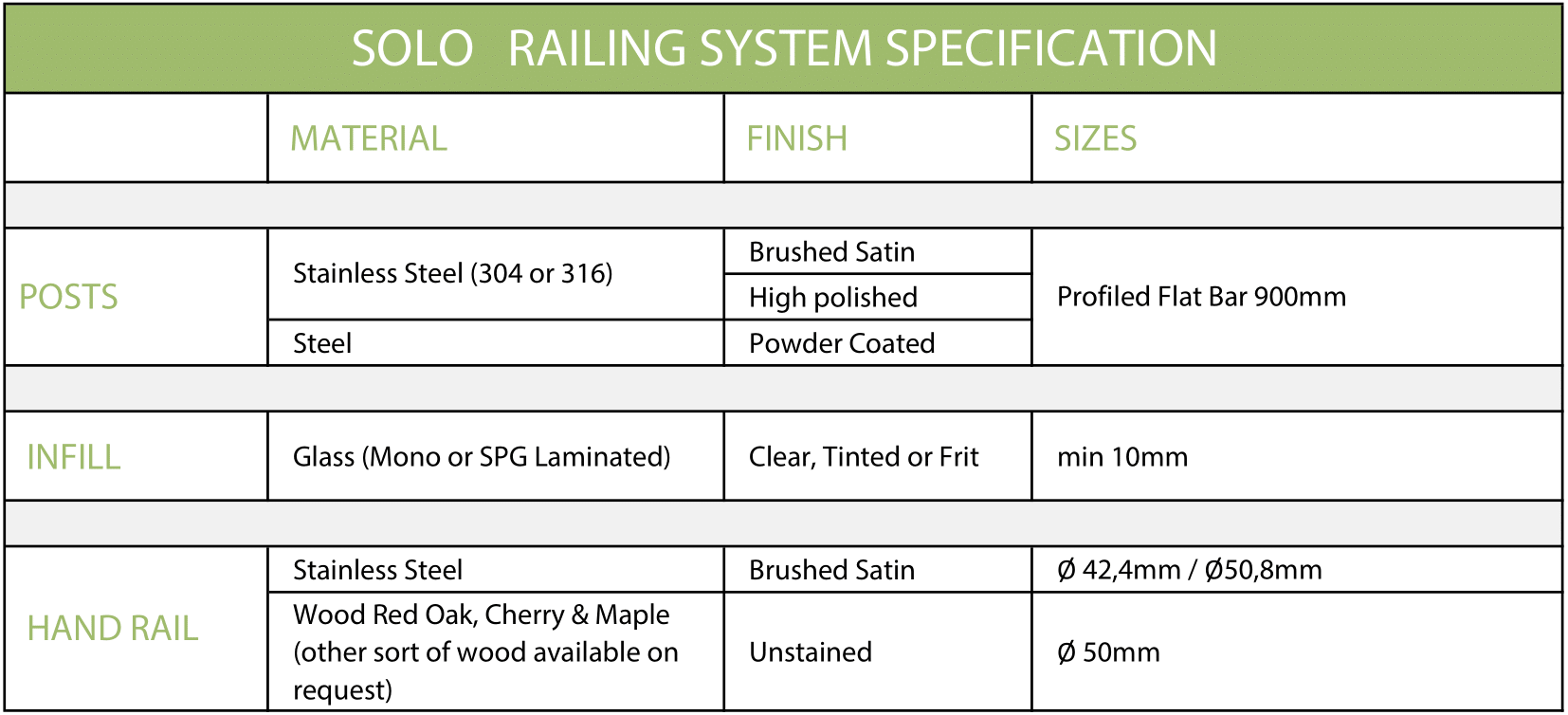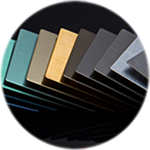

SOLO Railing System
Straight, simple, singular. A minimalistic design combined with an economical price tag – it offers the least visual obstruction for any post mounted system. Available in a variety of modified options to suit to floating staircases, and cantilevered balconies, it truly adds value to that disappearing horizon design.
You can combine LED lighting with all types of our railing systems as the addition to the handrail: Top Rail, Assist Rail or Wall Rail.
PVD protection offers various finishing touches! Available for post systems only.
MOUNTING OPTIONS AVAILABLE

Anchored
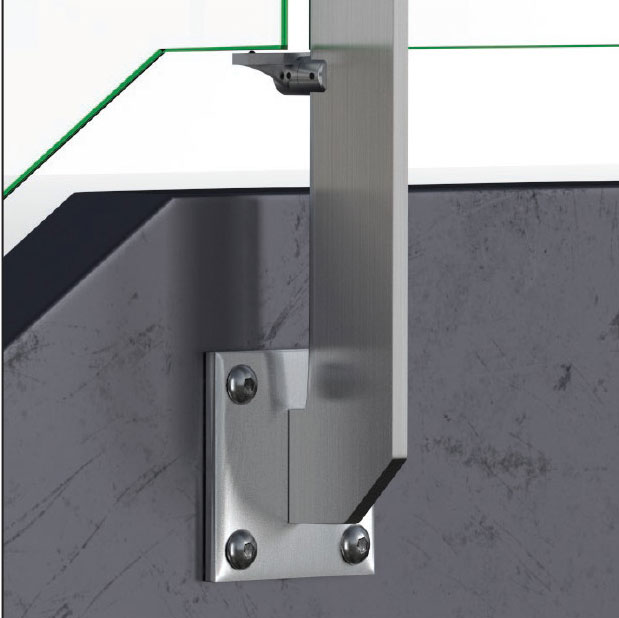
Fascia
INFILL OPTIONS AVAILABLE

Glass
SOLO FINISHING AND MATERIALS
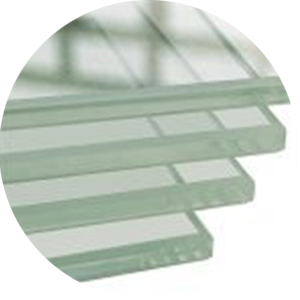
TEMPERED GLASS
Glass is our most sought after filler option. With the quenching process, its impact resistance is increased by up to eight times compared to ordinary glass. When broken, the glass bursts into small pieces, so the risk of injury is minimized. In practice, dimensions of a minimum of 10 millimeters are most commonly used. It can be designed at the request of the customer, and those who opt for this type of fill should keep in mind that all types of processing and cutting are to be performed before quenching.
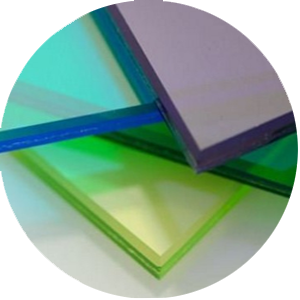
COLORED INTERLAYER
Color laminated glass is a modern solution when choosing your fence system. A transparent PVB film in color can be placed between the two layers of glass, which will not affect the architecture. PVB film blocks UV rays, sound waves and thus reduces noise. The shades of color are consistent with the RGB palette so it’s easy to combine the color of the logo, interior or match it with the exterior. The possibilities are endless!

LAMINATED
Laminated glass is by far the safest glass fence system found on market today. This is why laminated glass is increasingly in demand today. As the name implies, laminated glass consists of two or more glasses that are permanently joined using transparent foil. In this way, the resulting glass becomes safe because, in the event of breakage, the foil holds the glass fragments together and reduces the possibility of injury. It meets the strictest international building code requirements for impact loads.
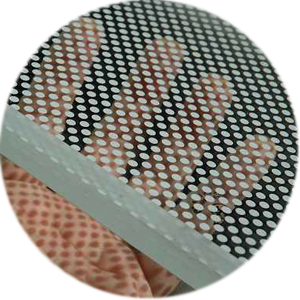
CERAMIC FRIT
Ceramic frit glass is made by coating the glass with a ceramic layer and curing it. The ceramic is firmly attached to the surface which is long-lasting and never fades. There are many different colors and patterns, such as stripes, circles and similar motifs. Templates can also be designed at the customer’s request from 20% up to 70% coverage of the glass panel.
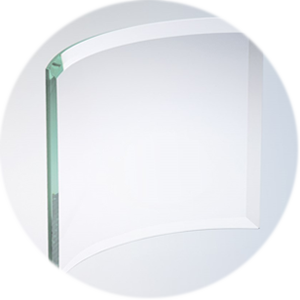
CURVED FORMS
The use of curved forms is most common when performing work requiring the use of safety glass. These include stairways, balconies and other glass partitions. Curved glass shapes are used in a geometry-adapted design where additional validation of the measures is required before production due to the tempered glass features which make any kind of mechanical processing impossible.
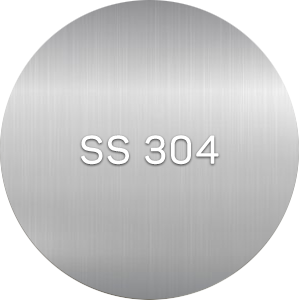
INOX 304
Stainless steel 304 is the most common stainless steel and is known for its composition – it contains 18% chromium and 8% nickel. Stainless steel is named for its ability to resist corrosion due to the interaction between alloying components and the environment to which they are exposed. It can be used indoors and outdoors, but it cannot be installed in a polluted atmosphere (industrial zone, port, swimming pool, chemical industry, barn and more). The location of your design should be more than 50km from the coast.
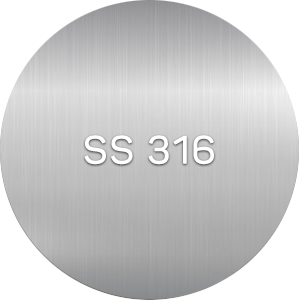
INOX 316
The 316 stainless steel alloy features even greater corrosion resistance with the addition of chemical molybdenum. It is also known as marine-grade alloy suitable for coastal areas b that are characterized by highly saline environments, lower, year-round temperatures and offshore locations. This makes Alloy 316 the perfect choice. Surgical instruments often, if not all, use 316 alloy due to non-reactive elements. We offer our fences in both variants depending on the design and the environment.
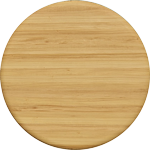
ASH WOOD
The ash tree colors vary from white to light brown, while the bark can be olive brown. It has a fine texture of lines. Ash tree is firm, stiff and durable.
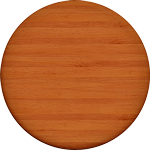
CHERRY WOOD
The cherry tree is a reddish wood suitable for all treatments. Cherry tree is used for furniture and even musical instruments. The hand rail made of cherry tree is an ideal choice for those who prefer warmer colors and evenly distributed wood texture style.

WALNUT WOOD
The walnut color varies from pale brown to chocolate brown with dark, brown streaks. The color may have a gray, purple or red nuances while the core is pale brown. Walnut often has distinctive lines that can look curved, branched or knotty.
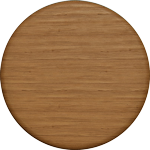
OAK WOOD
Oak is characterized by durability, resistance and hardness, which is why it belongs to the higher quality wood species. Oak, therefore, has an aesthetic value in addition to its functional value. It is characterized by clear and uniform shades of yellowish brown. The texture of the wood itself is uniform with visible rings.
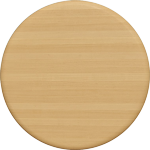
MAPLE
Another type of wood that can be found in our offer is maple wood. What sets it apart from the rest is its unobtrusive and discreet design that leaves it with a sense of transparency. This makes it suitable for all types of interiors.
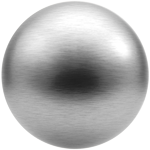
BRUSHED SATIN
Brushed Satin is a finishing process with a silver-white result and relatively short direct-routing polishing lines. This finish is quite common for stainless steels especially when it comes to architecture. It is a two-step abrasive polishing with the equivalent of an abrasive granulation up to 240.
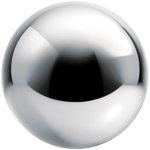
HIGH GLOSS
High glow is the most reflective finishing. It is performed in a manner similar to burnishing, however, with extended polishing and finer granulation. The lines are significantly smaller after completion of this procedure, but a closer look reveals them. The end effect is a mirror-like surface.

POWDERING
The plastification process is a non-toxic industrial final coating of high durability. It is applied as dry powder and then under the influence of heat creates a firm and monolithic layer. The protective layer thus formed can be single colored or textured. Since the process itself does not use solvents, there are no problems with emissions. Designed to withstand extreme temperatures, this protective layer protects against rust and surface oxidation.
PVD PROTECTION
PVD is a revolutionary step forward in coloring stainless steel and it can be applied to almost all modular fence systems. Although the PVD coating is only a few microns thick, once applied, the bond is extremely durable, solid and UV resistant which is a plus for modular outdoor fence systems. PVD treated fences require no maintenance, have high durability and one of the best corrosion resistant materials on the market today.

